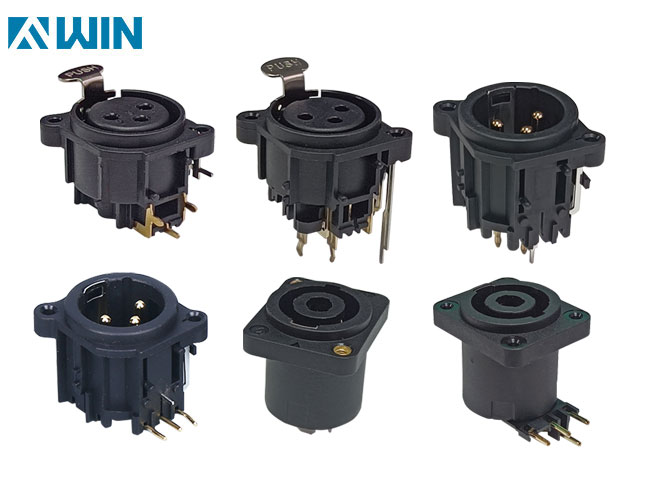KNOWLEDGE
AC supply socket-outlet
An AC supply socket-outlet, also known as a power outlet or wall socket, is a device designed to allow electrical equipment to be connected to an alternating current (AC) power source. It consists of a receptacle that contains electrically conductive metal contacts, and a plug that fits into the receptacle.

The most common type of AC supply socket-outlet is the two- or three-pin plug and socket system. These are designed to supply power to standard household appliances and electronic devices, such as vacuum cleaners, televisions, and computers.
The two-pin system typically consists of two parallel metal pins that are inserted into two holes in the socket-outlet. One of the pins is the live (or "hot") wire, which carries the current from the power source to the appliance, while the other is the neutral wire, which carries the current back to the power source. In some cases, a third pin (usually a thicker and longer one) is included as an earth wire, which provides an alternative pathway for dangerous currents in case of a fault.
The three-pin system is similar, but includes an additional pin for grounding. This grounding pin provides an additional measure of safety by preventing the buildup of static electricity and helping to prevent electric shocks.
The design of AC supply socket-outlets may vary slightly depending on the country or region. For example, sockets used in the US and Canada typically have two parallel slots, while European sockets have two circular holes. The voltage and frequency of the power supply can also vary, with different countries using 110V or 240V systems, and frequencies of 50Hz or 60Hz.
One important consideration when using AC supply socket-outlets is to ensure that the equipment being used is compatible with the voltage and frequency of the power supply. Many electronic devices are designed to work with a specific voltage and frequency range, and using them outside of this range can damage the equipment or create a fire hazard.
Another consideration is the amount of power that can be safely drawn from the socket-outlet. Most household sockets are designed to supply a maximum of around 13 amps of current, which limits the amount of power that can be drawn from the socket-outlet. Overloading the socket-outlet can cause it to overheat, creating a fire hazard.
To prevent overloading, it is important to use power strips or extension cords with built-in surge protectors to distribute the load of multiple devices. It is also important to avoid using adapters or converters that change the type of plug used, as these can create additional fire hazards.
In conclusion, AC supply socket-outlets are crucial components of modern electrical infrastructure, providing a safe and convenient way to supply power to household appliances and electronic devices. While using them safely and efficiently requires some care and attention, following a few simple guidelines can help ensure that electrical equipment remains in good working order and avoid accidents or dangerous situations.
Column navigation
NEWS
CONTACT ME
CONTACT:
Skype:evelynhwang2013
phone:15999819066
E-mail:fvwin@fvwin.com
ADD:NO.168,Technology East Road,Shijie Town,Dongguan,GD,CN